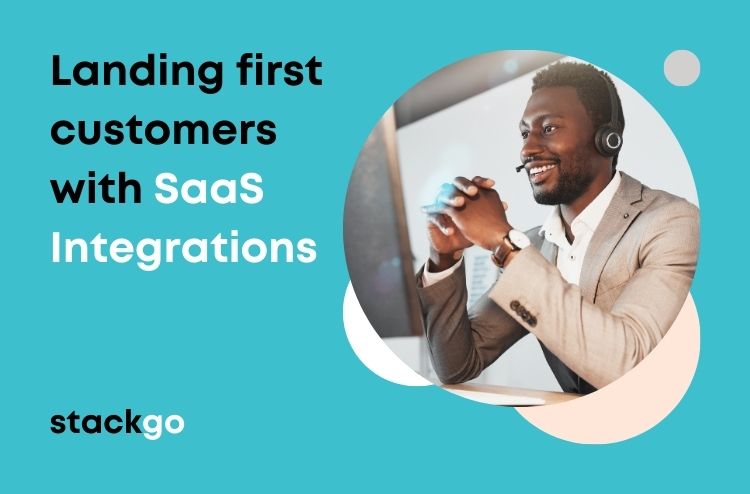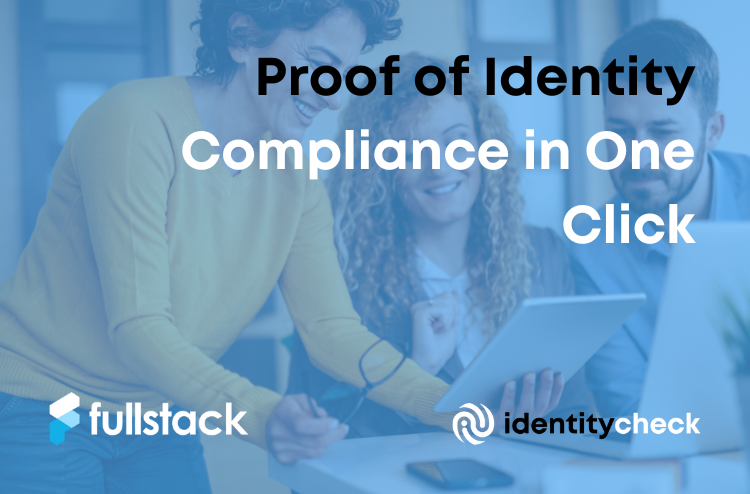The Importance of Productizing Integrations For Your B2B SaaS Product
With over 170 software subscriptions being used in an average small-medium business, the onus to become a part of the stack is on the newcomer app. Business users hate double entry, having to keep multiple systems of record in sync, and in general having the context of their business split over multiple apps.
Immature and backward interfaces such as CSV files or raw database connections can be perceived with low trust as they send poor competency signals. Converting a Lead into a Customer is an uphill struggle from there.
A productized integration can help prevent this. They are a type of integration that has been designed and built for multiple users and/or use cases and require only a couple of standard steps to enable from the end users’ perspective. The return on investment on such integrations is several orders higher since they can be used for multiple customers. This type of solution is important for early-stage B2B SaaS solutions because it allows them to get started in adding value to new customers with minimal fuss.
In this article, we are going to explore 5 major reasons why early-stage companies should invest in productized integrations.
Point #1: Automated secure and quick onboarding
Working with standardized API interfaces and authentication schemes such as those supported by most modern SaaS platforms, a productized integration can get working in a few clicks. Moreover, the experience of using a productized integration fits right in with the other tools a business uses every day. High trust and competency signals such as these can make it easier to close deals.
Additionally, all the interactions happen over APIs that support best-practice security which brings peace of mind to the business user looking to get started with your app.
Point #2: Time-sensitive nudges
Over the course of the day, a typical business user is logging into many SaaS apps. This can form part of a routine, where users expect to be logged into some of these apps for the majority of their day. This might include collaboration apps like Slack, MS Teams or function-specific apps like Jira and Workday.
With productized integrations you can hook into the users’ daily routine and create in-context suggestions, nudges that drive adoption and increase active usage of the app. This is critical in the early stages of product development where usage can often be required to iron out future feature release prioritization and feed the build-measure-learn loop.
Point #3: Time to Value (TTV)
Value creation for new clients can begin as soon as authentication is complete. More critically, progress can be made in the speed quantum of CPU ticks rather than human time. This is doubly important for products with a free-tier or product led growth model since the key activation metrics are completed integral to your user’s workflow in their environment, with their data.
This optimization is facilitated by having access to a customer’s context data allowing your app to work smoothly with the rest of the user’s stack and can then remain in sync with it.
Point #4: SaaS marketplaces as a Go To Market Channel
Salesforce transacts over $120 BILLION annually through their 3rd party app marketplace called the AppExchange. They do this by showcasing relevant and well-engineered solutions provided by their partners to their engaged user base. Some other notable SaaS marketplaces include Shopify App Store, Xero apps, and HubSpot Marketplace.
This is a win-win scenario for both the upstart SaaS app and the mature SaaS platform since the integration tends to lead to lower churn and a higher LTV.
A non-negotiable requirement to be listed on these app stores is to have a proven and tested productized integration. Usually, as part of the certification process, engineers from the platform will test drive the app to check its fitness for their audience. For young SaaS apps and their founders, these app store listings can drive leads and traffic to their app and be a key enabler in landing some early clients.
Point #5: Upsell opportunities
An app powered by productized integrations is easier to adopt and use. Depending on the commercial tiers of your app it can trigger customers’ graduation to the higher contract size quite naturally.
Furthermore, by demonstrating a key technical competency in being able to deliver existing SaaS platforms you might be able to unlock upsell opportunities when a customer requests a bespoke integration for their own instance. This extra level of customization can be priced and delivered as part of an enhanced service package with a custom quote which can be quick financially and cashflow lucrative.
Conclusion
If you are an early-stage B2B SaaS founder, it is our belief that in 2022/3 and beyond you need to acknowledge that you are part of an ecosystem of apps that is used in the businesses you are targeting. To drive adoption and engage customers and users your apps need to fit seamlessly into their existing stack. Productized integrations are the key to a whole new world of partnerships, engagements, and growth.
StackGo provides a managed authentication tool kit that can increase the speed with which to develop integrations by 10x. Please get in touch with the team to discuss your needs here.











